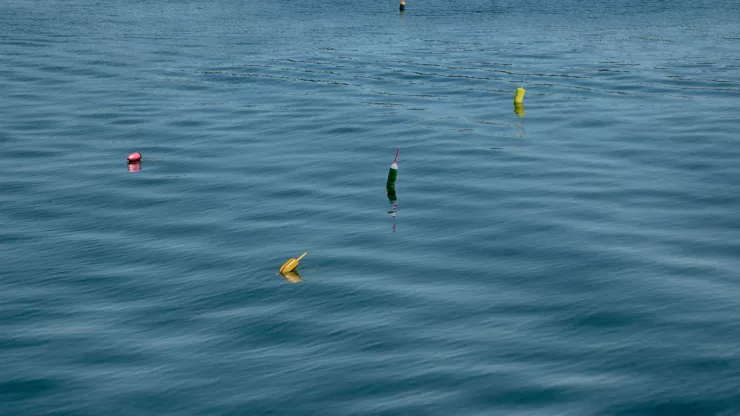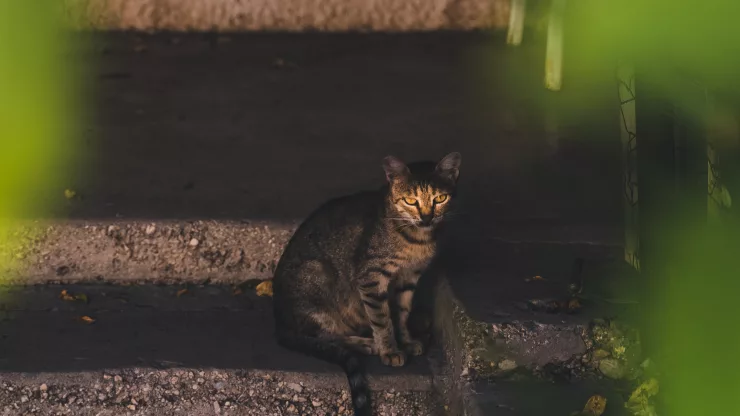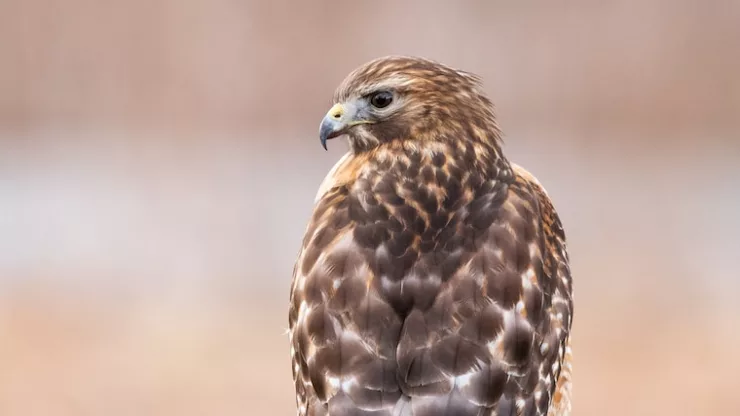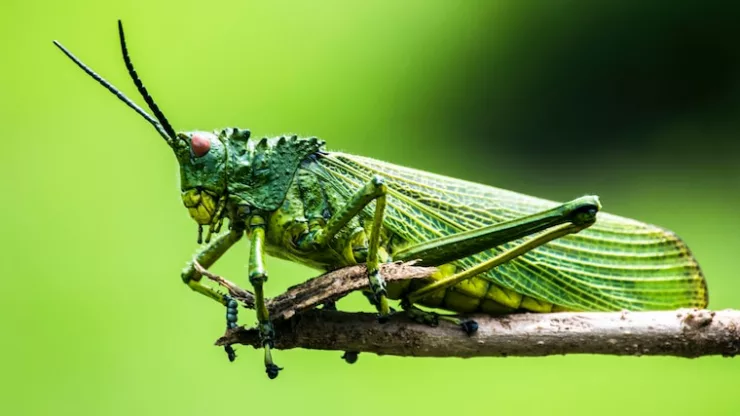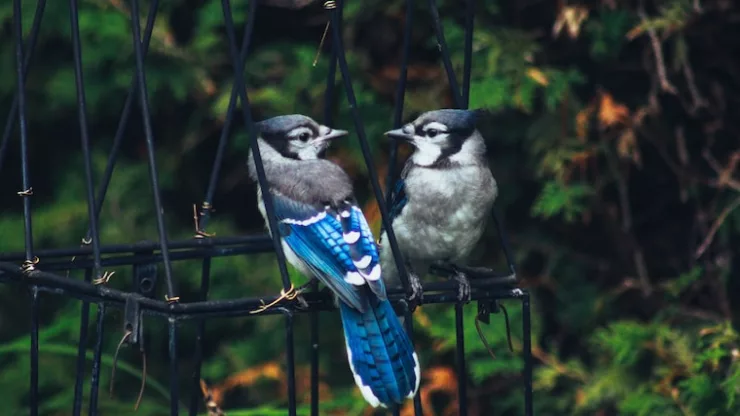Urbanization has brought about several environmental challenges, including the proliferation of pests in cities. The presence of these pests can cause harm to both humans and the environment.
Fortunately, birds play a crucial role in controlling urban pests and maintaining ecological balance in urban areas.
Jump to Section
Introduction
Understanding Urban Pests and Their Threats
Urban pests are organisms that thrive in urban environments and pose a threat to human health, infrastructure, and the environment.
These pests include rodents, insects, and other small animals that find shelter and food in urban areas.
They cause damage to buildings, contaminate food, and transmit diseases.
The Benefits of Natural Pest Control
Controlling pests in urban areas is crucial to maintaining a healthy and safe environment. The use of chemical pesticides has been the traditional approach to pest control.
However, these chemicals can have harmful effects on the environment, wildlife, and human health.
Natural pest control methods, such as the use of birds, are effective and environmentally friendly.
The Role of Birds in Urban Pest Control
The Importance of Birds in Controlling Urban Pests
Birds are natural predators that feed on pests in urban areas.
They play a crucial role in controlling the population of pests, such as rodents, insects, and other small animals.
Birds are effective at preventing pest infestations in buildings and reducing the spread of diseases.
How Birds Hunt and Eliminate Common Urban Pests
Birds use different hunting techniques to capture and eliminate pests.
For example, birds of prey, such as hawks and falcons, hunt from the air and swoop down to capture their prey.
Songbirds, on the other hand, use their beaks to extract insects from trees and shrubs.
The Most Effective Pest-Controlling Bird Species
Different species of birds have different hunting techniques and preferences.
Some of the most effective pest-controlling bird species include:
- Barn owls: they feed on rodents, making them excellent for controlling rodent populations.
- American kestrels: they hunt insects and small animals, making them effective at controlling pests in gardens and urban green spaces.
- Bluebirds: they feed on insects, such as caterpillars and grasshoppers, making them effective at controlling pests in gardens and urban green spaces.
The Benefits of Incorporating Bird-Friendly Features in Urban Areas
Creating Bird Sanctuaries in Urban Spaces
Creating bird sanctuaries in urban areas can provide birds with shelter and food.
Bird sanctuaries can be created by planting native vegetation, such as trees and shrubs, that provide birds with food and shelter. Bird feeders can also be installed in bird sanctuaries to provide birds with additional food.
Maximizing Bird-Friendly Landscaping Practices
Maximizing bird-friendly landscaping practices can help create an environment that is conducive to bird populations.
This can be achieved by planting native vegetation, providing water sources, and avoiding the use of pesticides and other harmful chemicals.
The Benefits of Birdhouses and Nesting Boxes
Birdhouses and nesting boxes can provide birds with a safe place to nest and raise their young.
These structures can be installed in urban parks and green spaces to provide birds with a safe haven.
The Challenges of Urban Bird Conservation
The Impacts of Urbanization on Bird Populations
Urbanization has had a significant impact on bird populations.
The destruction of natural habitats and the proliferation of buildings and infrastructure have led to the decline of bird populations in urban areas.
This has made it difficult for birds to find suitable habitats and food sources.
The Importance of Raising Awareness and Taking Action
Raising awareness about the importance of birds in urban ecosystems and taking action to protect bird populations is crucial to their conservation. This can be achieved by educating the public about the importance of bird conservation and implementing policies and regulations that protect bird populations.
Balancing Urban Development and Bird Conservation Efforts
Balancing urban development with bird conservation efforts is crucial to maintaining ecological balance in urban areas.
This can be achieved by implementing sustainable urban development practices that prioritize biodiversity conservation.
Conclusion
The Crucial Role of Birds in Urban Pest Control and Conservation
Birds play a crucial role in controlling urban pests and maintaining ecological balance in urban areas.
Incorporating bird-friendly features in urban areas can help create an environment that is conducive to bird populations.
Raising awareness about the importance of bird conservation and implementing sustainable urban development practices is crucial to maintaining biodiversity in urban areas.
The Need for Sustainable Urban Development and Biodiversity Conservation
Sustainable urban development and biodiversity conservation are crucial to maintaining ecological balance in urban areas.
The incorporation of bird-friendly features in urban areas can help create an environment that is conducive to bird populations.
Raising awareness about the importance of bird conservation and implementing policies and regulations that protect bird populations is crucial to their conservation.
FAQ
How can I attract birds to my backyard in the city?
You can attract birds to your backyard in the city by planting native vegetation, providing water sources, and installing birdhouses and nesting boxes.
What should I do if I find an injured bird in the city?
If you find an injured bird in the city, you should contact a local wildlife rehabilitation center or animal control agency.
What are some bird-friendly landscaping practices?
Some bird-friendly landscaping practices include planting native vegetation, providing water sources, and avoiding the use of pesticides and other harmful chemicals.
I’m a nature enthusiast and creator of Metro Wilds and have spent years exploring the great outdoors.
With a passion for environmental conservation and sustainability, I have dedicated my career to writing about the beauty and wonders of nature, as well as the threats facing our planet.
Contact me at [email protected] for assistance.

